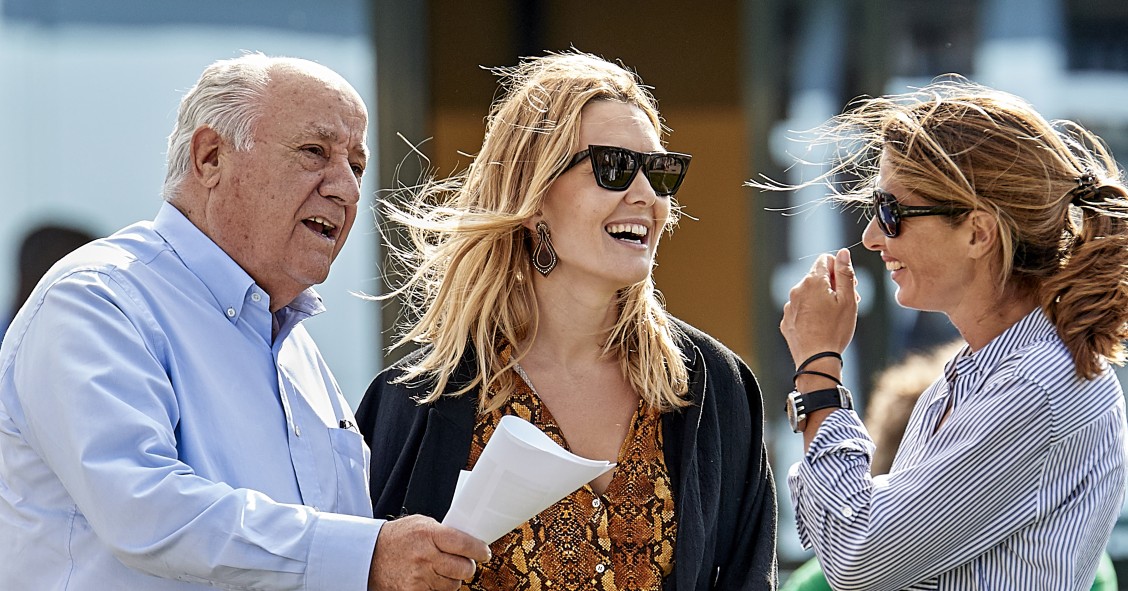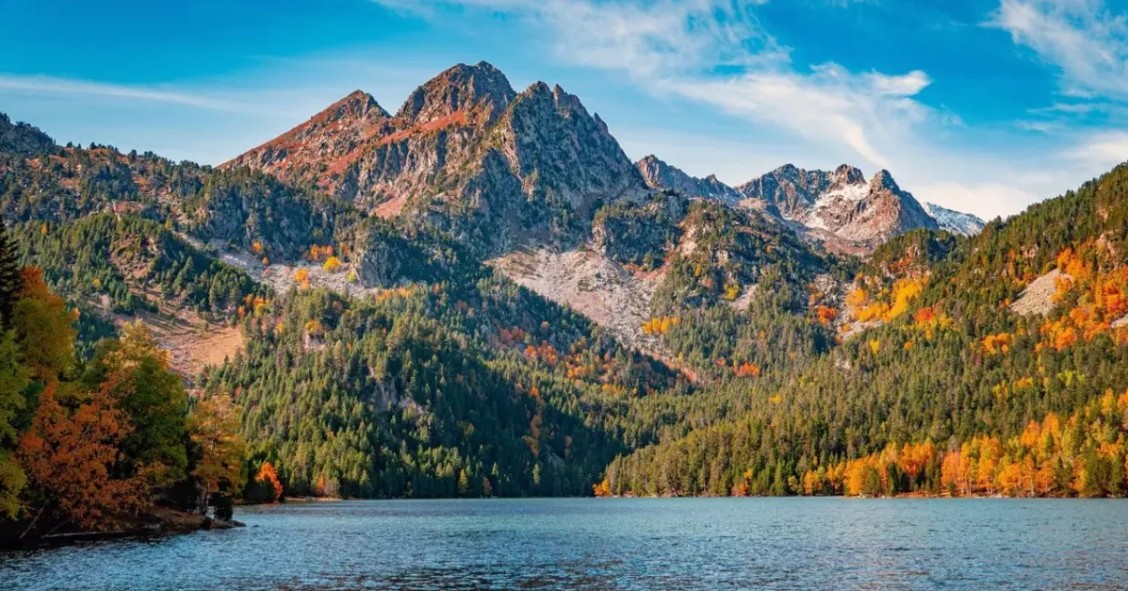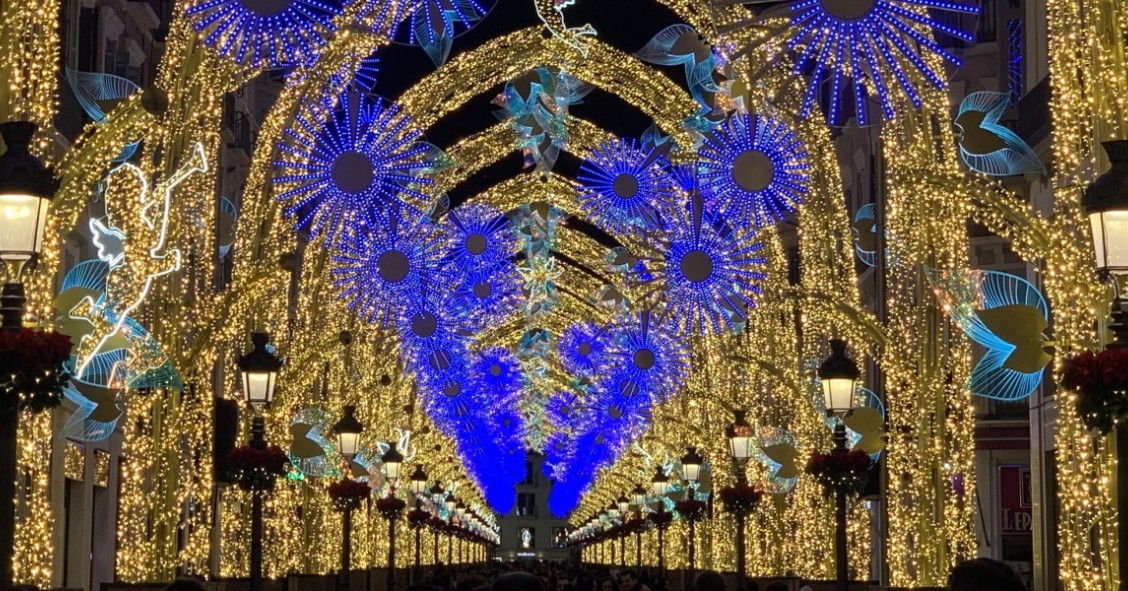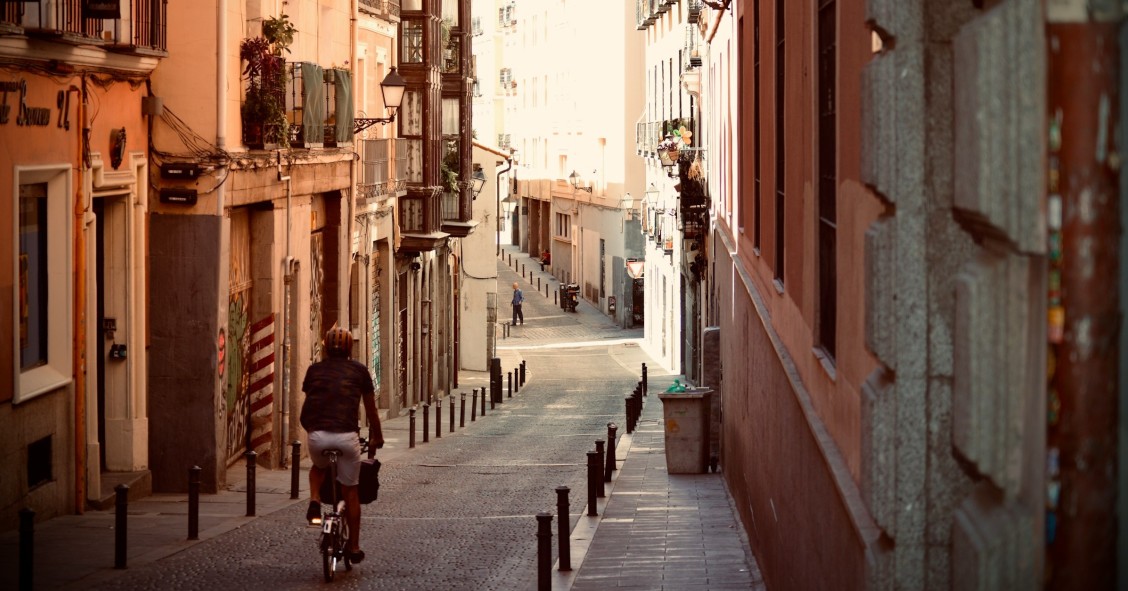
When people discuss the best place to live in the Costa del Sol, the conversation often defaults to the glamour of Marbella or the polished streets of Estepona. Yet, for a growing number of people, the answer is found further west, in the municipality of Manilva. Long considered one of the coast's more traditional corners, Manilva is up and coming, gaining recognition as a place that maintains an authentic Andalusian character without the high prices of its neighbours. It offers a distinct perspective on coastal living, where living in Manilva combines the ambience of a working Spanish town and a serene beachfront.
Is Manilva a good place to live?

Manilva's strength lies in its diversity. You aren’t just moving to one town, but to a municipality in the Costa del Sol that offers three distinct lifestyles: the traditional charm of the hillside white village (Manilva Pueblo), the practical Spanish seaside town (San Luis de Sabinillas), and the pretty, expat-friendly marina (La Duquesa Port). Life here moves at a gentler pace, and you get a real sense of community that can be harder to find in its more famous neighbours. It’s the kind of place that families and retirees seem to settle into really well, especially if they want all the sun without the constant buzz of a big resort.
Pros and cons of living in Manilva

Like anywhere, life in Manilva comes with its own set of advantages and compromises. It's all about what you value most.
Some of the advantages of living in Manilva include:
- Value for money: whether you’re buying or renting, it is noticeably more affordable than in Marbella or even Estepona. Your daily costs, from a meal out to the weekly shop, are also lower.
- Blend of lifestyles: the ability to choose between the village, the town, or the port means you can find a corner that perfectly suits your pace of life.
- Authentic atmosphere: while it has a large expat community, Manilva has held on to its Spanish character, particularly in the pueblo and Sabinillas.
However, like all places, Manilva has its downfalls:
- Quieter social scene: if you’re looking for high-end nightclubs, designer shopping, and a constant stream of glamorous events, Manilva isn't the place.
- A car is almost essential: while you can walk around Sabinillas or La Duquesa, to get the most out of the area and travel between the three main parts of Manilva, you really need a car.
Cost of living in Manilva

One of Manilva's biggest selling points is how affordable it is, and you really notice it in your day-to-day spending. When it comes to eating and drinking out, you’re in a good spot. A simple, inexpensive meal will set you back around €12, and you can easily find a great pizza for a tenner. If you’re pushing the boat out for a nice meal for two at a mid-range restaurant, you’re looking at about €50. The drinks are refreshingly cheap too; a local beer (una caña) is rarely more than €3, a glass of wine is usually between €3 and €4, and your morning coffee is about €2.
It's not just going out that's affordable; your regular bills are manageable too. For a standard flat, utility bills tend to fall between €100 and €200 a month, though of course, that really depends on your lifestyle and how much you blast the air-con in summer. Other monthly costs are reasonable as well – for instance, a gym membership is typically around €35 a month. All in all, your money just goes a lot further here.
Living in Manilva vs Estepona or Marbella

Choosing between these three neighbouring towns really comes down to the lifestyle you’re looking for. Think of them as three different characters on the same stretch of coast.
Marbella is the undisputed capital of glamour. It’s all about high-end living, with designer boutiques on the Golden Mile, superyachts moored in Puerto Banús, and a social scene built around exclusive beach clubs and restaurants.
Estepona is the beautifully polished middle ground. It has successfully maintained the charm of its stunning, flower-filled old town while developing a fantastic beachfront promenade and modern amenities.
Then you have Manilva. It's the most down-to-earth and practical of the three. Life here is less about making a statement and more about enjoying the simple things: a walk on a quiet beach, a good-value menu del día, and a strong sense of local community.
Property for sale in Manilva and the neighbourhoods

The property market is where Manilva really stands out from its neighbours. As of June 2025, the average price for property for sale in Manilva was, on average, 2,700 €/m².
On the rental side, prices have seen a big jump, reflecting the area's growing popularity. The average rent in Manilva is now 12.5 €/m², an increase of 18% from 2024. To put that in real terms, you’d now be looking at around €1,000 a month for a standard 80m² apartment.
But that average price doesn’t tell the whole story, as prices vary a lot depending on which part of Manilva you’re looking at.
Manilva Pueblo
For the most authentic experience and the best value, the charming white village slightly inland is your best bet. It’s also the most affordable area, with property prices averaging 2,413 €/m². Life is quieter up here, with a traditional Spanish feel.
El Castillo and La Duquesa Port
This is the heart of the expat social scene. The picturesque marina of La Duquesa is full of restaurants and bars, while the little fishing hamlet of El Castillo next door has a historic charm. This prime coastal location makes it the priciest area in the municipality, with property prices around El Castillo averaging 3,135 €/m².
Chullera
Known for its lovely beaches and quieter residential urbanisations, property for sale in Chullera sits between the two extremes. It offers a great balance of coastal living and value, making it a popular choice for those wanting modern apartments close to the sea without the premium price tag of La Duquesa.
Things to do in Manilva

You won’t be short of ways to spend your days in Manilva. Life here tends to revolve around the fantastic coastline and the rolling hills behind it, so it’s perfect if you enjoy being outdoors.
- Hit the beaches: the main stretch at San Luis de Sabinillas is a long, wide Blue Flag beach with a promenade full of great chiringuitos. If you prefer something more rugged, the natural coves at Punta Chullera on the western edge are brilliant for snorkelling and feel much more secluded.
- Play a round of golf: the area is a haven for golfers. You have the La Duquesa Golf & Country Club on your doorstep, offering fantastic sea views. You're also just a short drive from the famous 'Valle del Golf' in Sotogrande, home to world-class courses like Valderrama and Finca Cortesin.
- Explore the port and castle: much of the social life is centred around Puerto de la Duquesa. The marina is lined with a huge variety of restaurants and bars, making it the go-to spot for an evening meal. Right next to it, you can find the 18th-century fort, El Castillo de la Duquesa, which adds a bit of history to the waterfront.
Living in Manilva as an expat

Manilva has a large and well-established expat community, so you'll find a welcoming atmosphere and a solid support network from day one. There's a real mix of nationalities, with a strong British and Irish presence alongside many Scandinavians, Dutch, and Germans. This means English is widely spoken in the more coastal areas like La Duquesa and Sabinillas, making it easy to settle in.
The social hub for many expats is undeniably Puerto de la Duquesa. The port’s lively collection of bars and restaurants is the go-to meeting point for a coffee, a meal, or just a chat. You’ll find plenty of social groups that you can discover through platforms like Facebook; there are walking clubs, book clubs, quiz nights, and local charities that are always looking for volunteers.
For families, one of the biggest considerations is schooling. While Manilva has excellent Spanish state schools, the main draw for international education is the prestigious Sotogrande International School, which is only a 15-minute drive away. It offers the International Baccalaureate (IB) programme and is a major reason why many expat families choose to settle in this western corner of the coast.
And for the golf community, it’s not just a sport here; it’s a social network. Clubs like La Duquesa Golf & Country Club are very welcoming to new members, and the clubhouse is another key social spot. You’ll also find many golf societies that organise regular competitions and social events.







